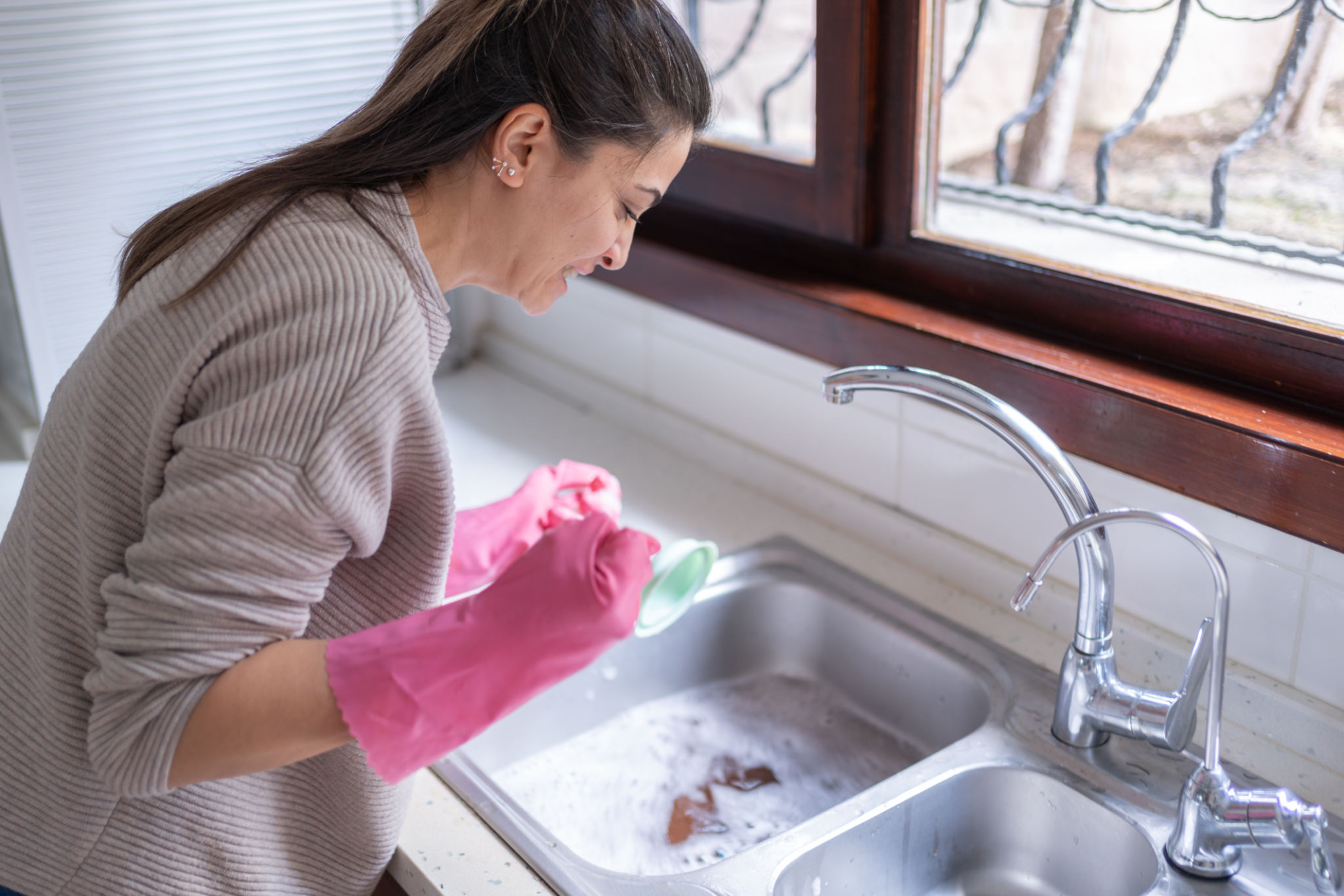DIY Plumbing Fixes for Common Household Issues
Understanding Your Plumbing System
Before diving into DIY plumbing fixes, it's essential to have a basic understanding of your home's plumbing system. This knowledge will help you identify problems accurately and apply the right solutions. Most homes have two plumbing systems: the water supply system and the drainage system. The water supply system brings fresh water into your home, while the drainage system removes wastewater.
Familiarizing yourself with the location of shut-off valves for water lines and the main water valve is crucial. In case of emergencies, shutting off the water supply quickly can prevent extensive damage. Knowing how to turn off the water can save you from costly repairs and water damage.

Fixing Leaky Faucets
Leaky faucets are a common household issue that can lead to significant water wastage if left unaddressed. The most frequent cause of a leaky faucet is a worn-out washer. To fix this, you'll need to disassemble the faucet, replace the old washer with a new one, and reassemble the faucet.
Start by turning off the water supply to the faucet. Next, remove the handle by unscrewing it, then take out the nut that holds the washer in place. Replace the washer and reassemble everything in reverse order. Turn on the water supply and test the faucet to ensure the leak is fixed.

Clearing Clogged Drains
Clogged drains are another frequent plumbing issue. They can be caused by hair, soap scum, or food particles accumulating over time. A simple DIY solution involves using a plunger or a drain snake to clear the blockage.
If you opt for a plunger, ensure there's enough water in the sink or tub to cover its base. Place the plunger over the drain and pump vigorously several times. If this doesn't work, try using a drain snake. Insert it into the drain and twist until you feel resistance, then pull it out to remove the clog.

Fixing Running Toilets
A running toilet can waste a significant amount of water, leading to higher utility bills. This issue is usually caused by a faulty flapper valve inside the toilet tank. To fix it, start by removing the tank lid and inspecting the flapper.
If the flapper is worn or damaged, it needs to be replaced. Simply unhook it from the chain and attach a new one. Make sure to adjust the chain's length so that it allows the flapper to open and close properly when you flush.
Preventing Future Plumbing Issues
While DIY fixes are great for immediate solutions, preventing plumbing issues from occurring in the first place is even better. Regular maintenance is key to keeping your plumbing system in good condition.
- Regularly check for leaks and repair them promptly.
- Avoid pouring grease or coffee grounds down the drain.
- Use drain covers to catch hair and debris.
By taking these proactive steps, you can extend the life of your plumbing system and minimize costly repairs in the future.

